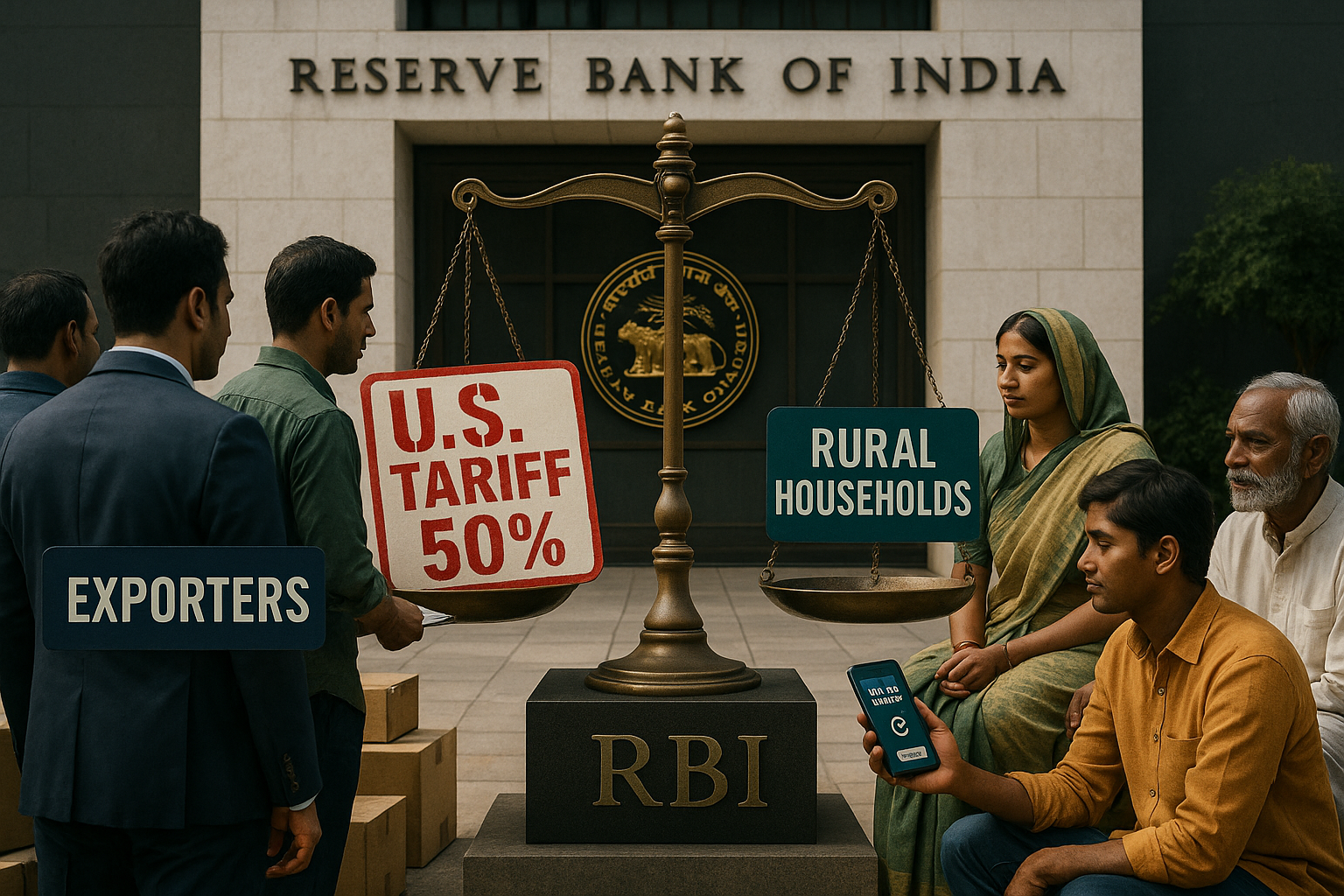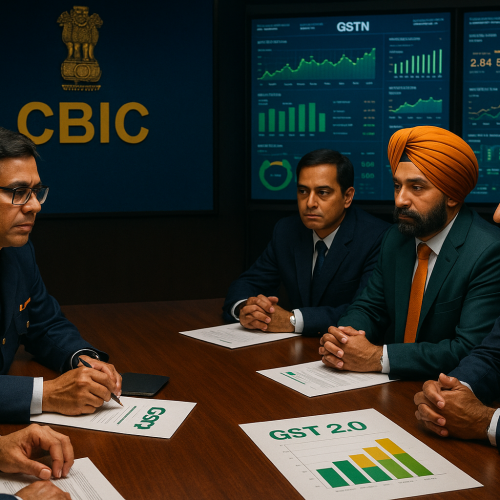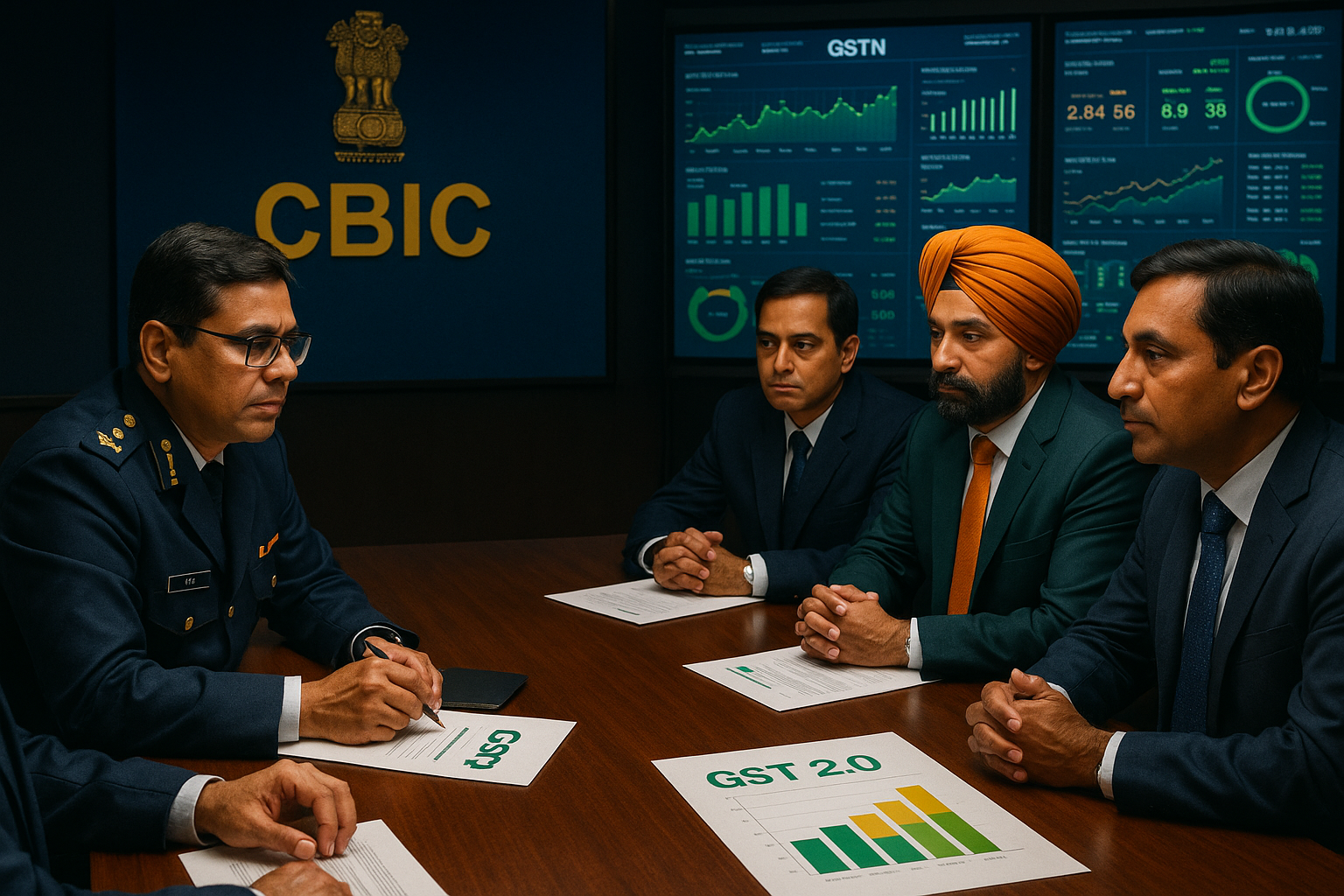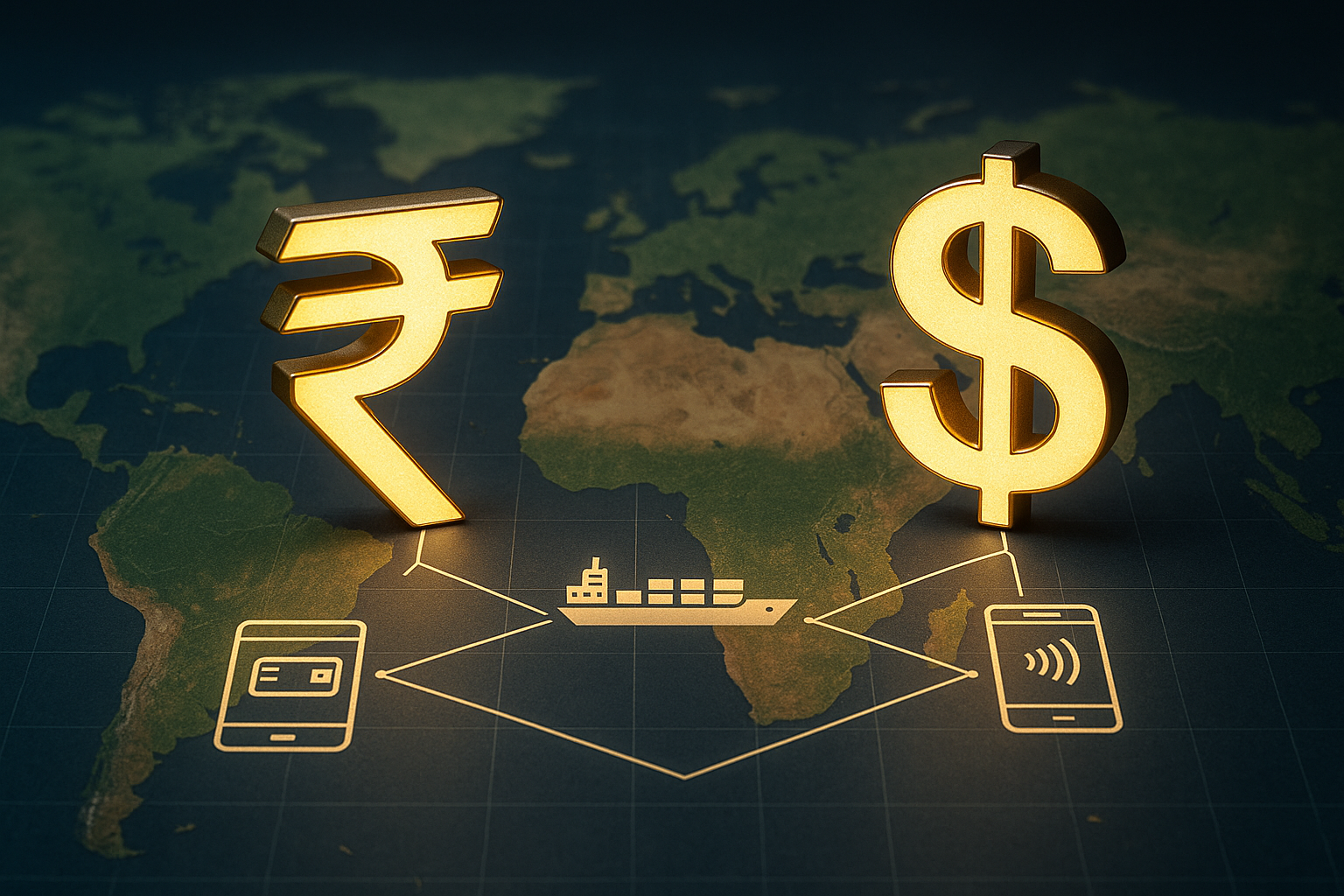The Reserve Bank of India (RBI) is conducting a comprehensive review of the impact of steep U.S. tariffs on Indian exports while simultaneously assessing strategies to strengthen financial inclusion across the country. The move underscores the central bank’s dual focus: safeguarding India’s external trade stability and deepening access to formal finance for underserved communities.
With U.S. tariffs weighing on export competitiveness, RBI’s analysis will inform both monetary policy positioning and credit flow strategies to maintain economic resilience.
Core Development
RBI’s latest review brings together two critical policy themes:
External Shock Management: Assessing how the U.S. tariff hike—50% on several Indian exports—affects trade, currency, and growth.
Financial Inclusion: Strengthening digital banking, rural credit, and last-mile delivery to offset domestic demand pressures.
Officials emphasized that addressing both challenges together is vital for macroeconomic stability and inclusive growth.
Key Drivers Behind the Review
Global Trade Pressures: India’s export sectors face margin erosion, particularly textiles, gems & jewellery, and leather.
Currency Stability: Managing rupee volatility amid tariff-driven trade imbalances.
Inclusive Finance: Expanding credit access for MSMEs, rural households, and digital-first borrowers to drive domestic demand.
Stakeholder Impact
Exporters: Insights from RBI’s review may guide supportive measures, including currency management or credit relief.
Financial Institutions: Banks and NBFCs could see renewed directives to expand credit penetration.
Policymakers: Aligns fiscal and monetary priorities for balancing trade risks with domestic consumption growth.
Industry & Policy Reactions
Experts welcomed RBI’s integrated approach, noting that tariff shocks and financial inclusion must be addressed in tandem. Analysts expect the central bank to continue prioritizing credit delivery to MSMEs and fintech integration while managing external vulnerabilities through measured interventions in forex markets.
Challenges Ahead
Tariff Uncertainty: Prolonged U.S. trade measures could weigh on exports despite domestic reforms.
Credit Access Gaps: Bridging rural and MSME financing gaps remains a persistent challenge.
Balancing Act: RBI must manage inflation, currency stability, and credit growth simultaneously.
Strategic Outlook
The RBI’s review could shape future monetary policy guidance and financial inclusion roadmaps, ensuring that India’s economy remains resilient despite global shocks. By deepening access to credit while safeguarding trade competitiveness, the central bank reinforces its role as both a regulator and growth enabler.
Why This Matters
The dual focus highlights India’s economic priorities: managing external headwinds while driving internal inclusivity. For exporters, financial institutions, and citizens, RBI’s review signals a holistic strategy for stability, resilience, and equitable growth.












